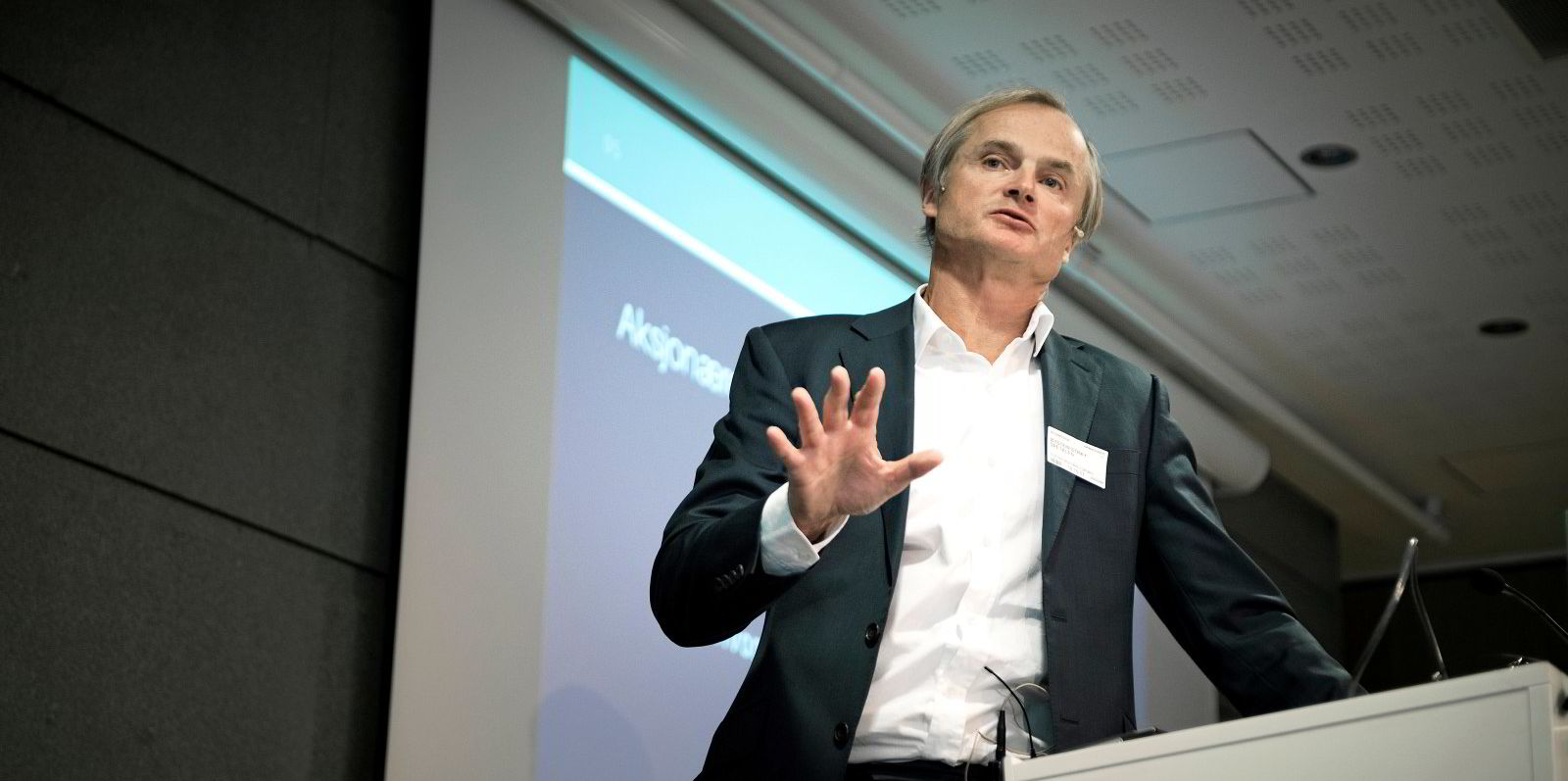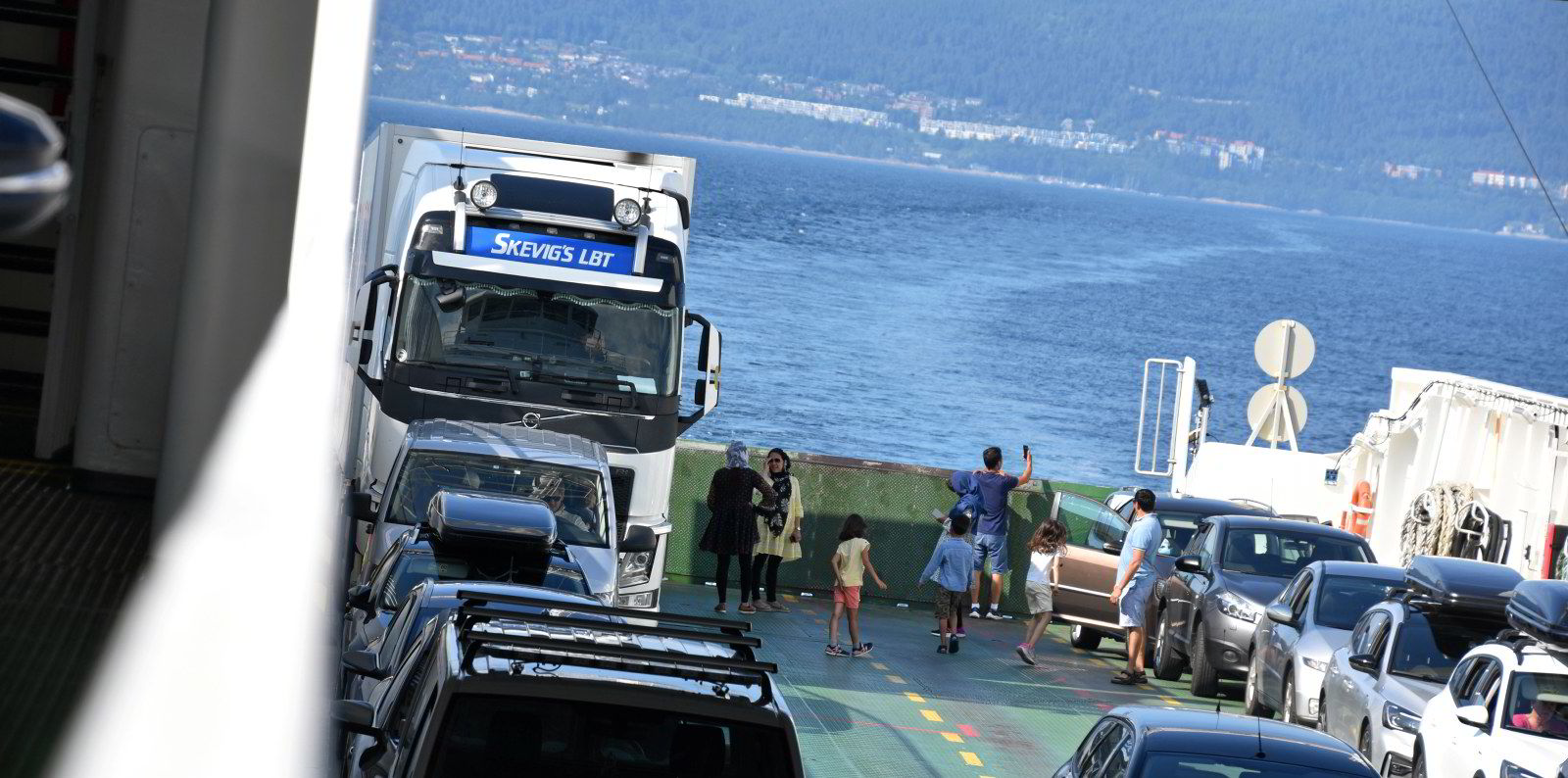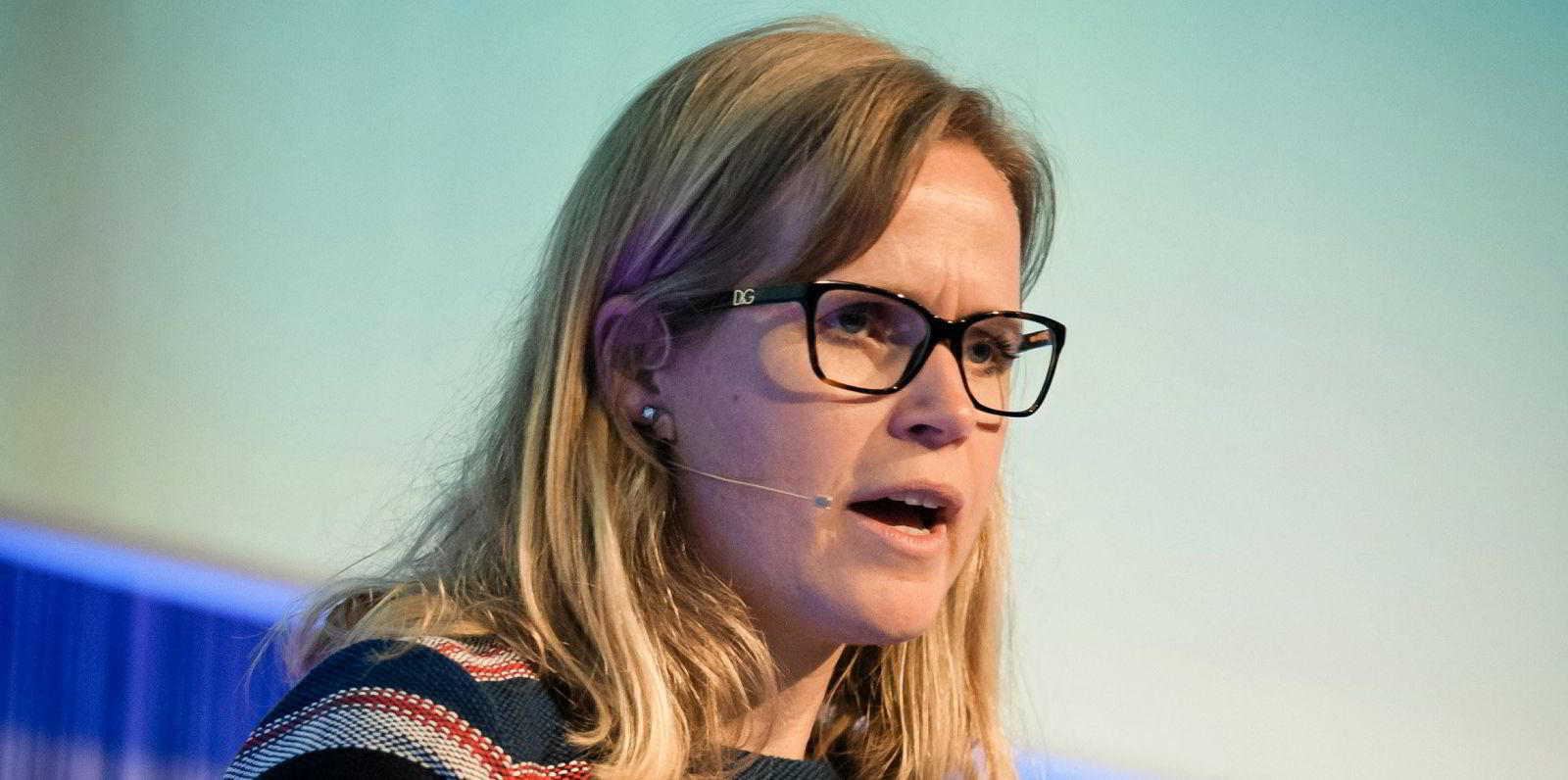Norwegian hydrogen bunkering venture Hyon aims to start pumping by 2023 with a pilot project in one of the country's most environmentally sensitive fjords.
The newly restructured company wants to build compressed-hydrogen bunkering stations around the Norwegian coast — especially at more remote locations, matching trapped renewable energy that needs local applications with transport players that require decarbonised fuel.
The first intended users are small, short-range vessels — ferries, fish farm support vessels, wind farm vessels and coasters. Northern European short-sea shipping is also seen as a reachable target.
Hyon is now recruiting new technical talent with fresh cash backing from three Norwegian strategic investors — Oystein Stray Spetalen-backed fund Saga Pure, the former Saga Tankers, plus hydrogen investor Nel Hydrogen and hydrogen electrolyser Norwegian Hydrogen.
But beyond the range limits of pressurised hydrogen, Hyon chief executive Jorn Kristian Lindtvedt has a strategic eye on higher energy-density hydrogen fuels, especially green liquid hydrogen and ammonia. In ammonia it can call on expertise from shareholder Saga Pure.
Liquid hydrogen faces the commercial challenge of large-scale capital investment, just as with liquefaction plants in the LNG industry. Although it burns clean, it is very dirty to produce by conventional methods because of the CO2 released by cracking hydrocarbons. The path to large-scale green liquid hydrogen is yet to be cleared.

"We have a watch position with regards to these two fuels," Lindtvedt said.
Ammonia benefits
"Ammonia is the most effective way of packaging hydrogen — there is more hydrogen per litre in ammonia than in liquid hydrogen. And a lot of support for production already exists for ammonia, and it's possible to produce it using renewable resources.
"But with all three — compressed hydrogen, liquid hydrogen and ammonia — there are trade-offs."
Hyon foresees exponential growth in compressed hydrogen as a fuel for new vessels, and that is its first target.
Based on data from Saga Pure, Hyon expects the world to see one compressed hydrogen newbuilding in 2022, one more in 2023, jumping to five in 2024, zooming to 88 in 2029 and 151 in 2030.
Luckily for Hyon, an outsized share of these are expected to trade in northern Europe, due to the urgency of regulations and the comparative generosity of incentives there.
In the Hellesylt Hydrogen Hub project for Geiranger Fjord ferries, Hyon will be responsible for port bunkering in a consortium led by shareholder Norwegian Hydrogen.
First, it must work out how to deliver compressed hydrogen fast enough for regular daily loading of multiple vessels at a single fuelling station.

"At the moment, to our knowledge, suitable solutions for compressed hydrogen bunkering do not exist," Lindtvedt said.
Right now, pressurised hydrogen is being delivered to trucks at land fuelling stations at about 100 kilos per 20 minutes — in the terms Lindtvedt likes to use, because 20 minutes is a good turnaround time for a ferry.
"In the long term, we would need to see the rate of hydrogen transfer per minute raised by tenfold," he said. "A tonne of pressurised hydrogen in 20 minutes."
That is a challenge, but not a moon-shot challenge. Hydrogen transfer needs different hardware than LNG, but it is basically a question of supplying hoses, nozzles and seals to the required specifications.
Another problem is the thermodynamic challenge. The rise in the temperature of hydrogen as it is pumped into a tank puts limits on the speed of compression. Sophisticated surveillance of temperature and pressure has to be developed, as well as techniques for cooling the hydrogen before it is pressurised.
No hydrogen in boxes
Lindtvedt rejects one approach to compressed hydrogen bunkering — using a battery of tanks in containers — partly on safety grounds.
Hydrogen containers are riskier than built-in pressurised hydrogen fuel tanks because of their structure.
A 20-foot box full of hydrogen tanks would hold just under 500 kg of pressurised hydrogen — enough for a day's operation by a typical fish farm vessel. The problem, according to Lindtvedt, is that one such container would hold up to 50 tanks, each one a separate potential leakage point.
"We at Hyon are not offering a slot-in solution. Our ambition is to develop a traditional bunkering solution. People are looking at hydrogen in containers because there is no efficient bunkering solution available at present," he said.





